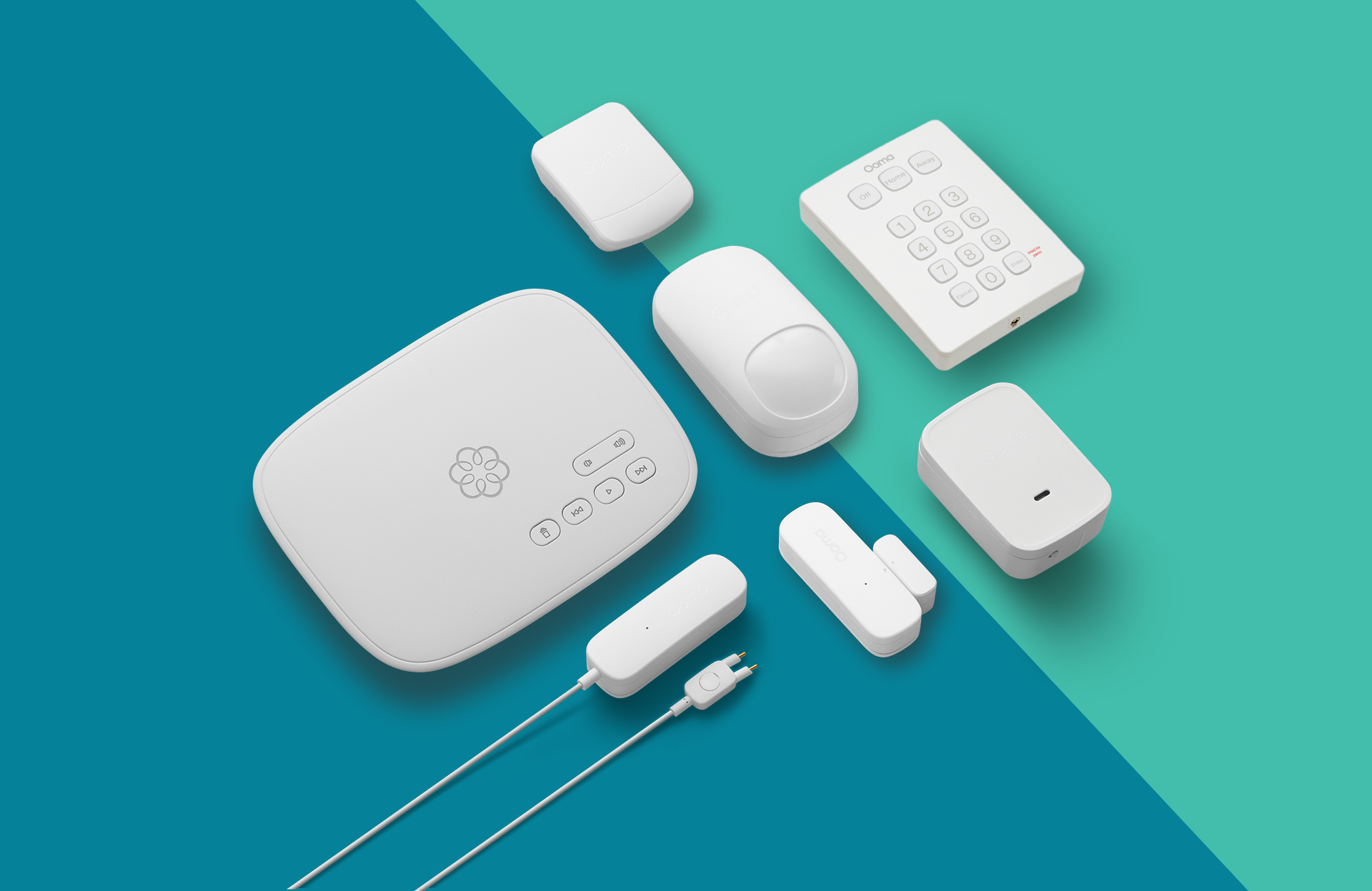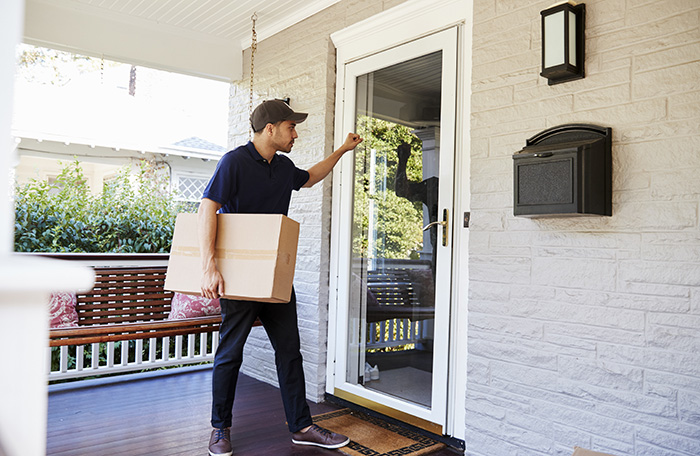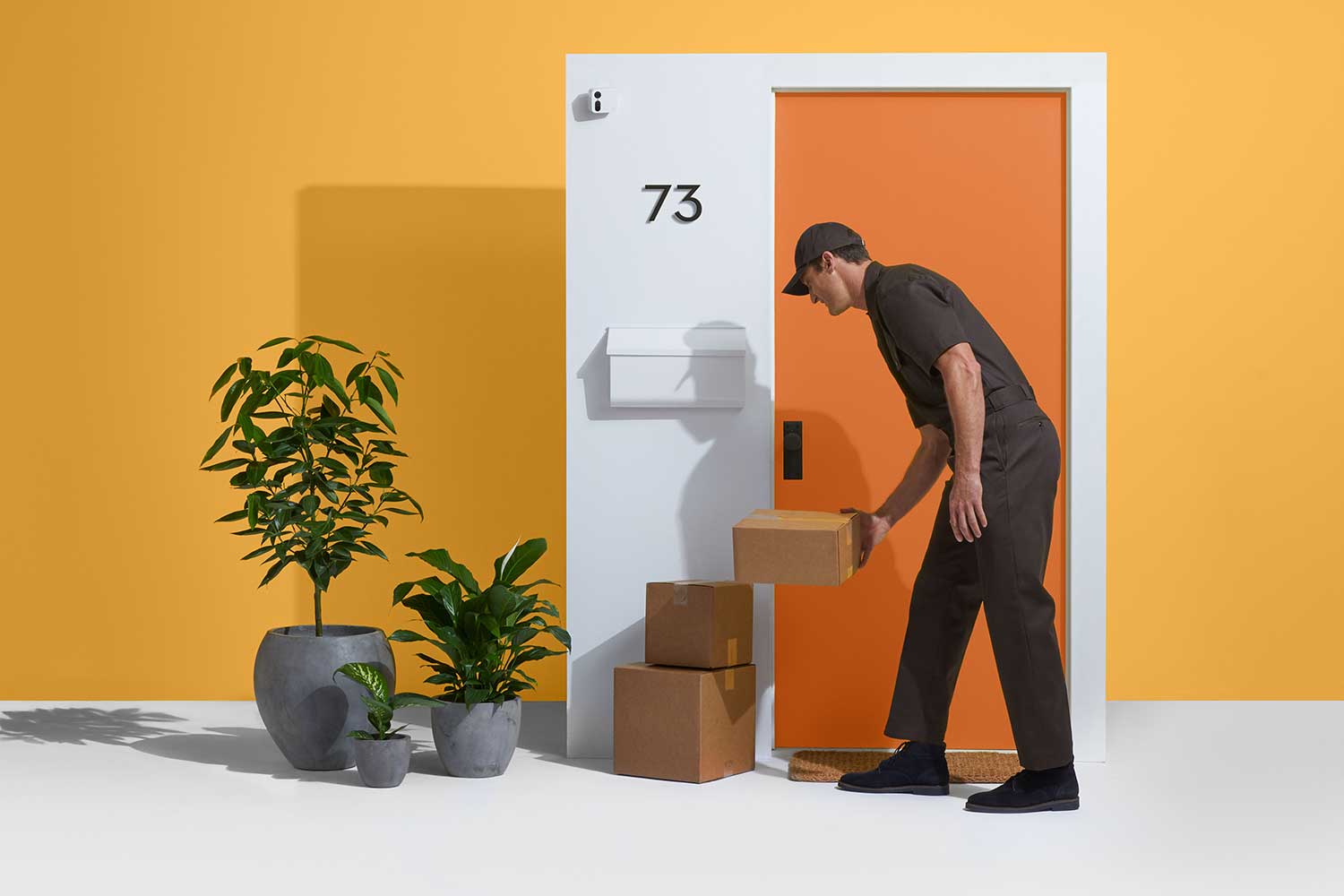Homes without security systems are three times more likely to be broken into. It’s a shocking statistic for sure, but homeowners and renters are not helpless in the face of crime.Home security systems are easier than ever before to implement. Let’s break down the basics of home security so you can be proactive in keeping your family and belongings safe.

Paste this Image on Your Site!
Simply copy and paste the code below and you can share this infographic on your site:
Choose Your Home Security System
Traditional
home security systems usually require a contract of two to three years. They often need professional installation, and sometimes they require hardwiring, making it a bad choice for renters. Using ADT as an example, cost estimates for three
door/window sensors and a motion detector would total $1,431 to $2,007 for a three-year contract. That includes $99 for installation and $37 to $53 per month for the monitoring service, but the equipment is free with the contract.DIY smart-home security systems let you monitor your home from any location using a mobile app. They typically have lower monthly costs, are easy to install yourself and are easy to relocate or adjust based on your changing needs. Cost estimates for Ooma Home Security would total $469.60 over three years. For a system of three door/window sensors and a
motion detector, monitoring equipment costs are $109.96, and the cost of the Ooma Telo is $99.99. The installation is DIY, and an Ooma Premier subscription is $9.99 per month. This subscription also includes free U.S. phone calls, discounted international calls, advanced call blocking and smart-home integration features (Amazon Echo, Google Home, etc.).This DIY solution represents at least $861 in savings over traditional security systems, and you get more features.
DIY home security systems are an affordable and customizable option, and many people prefer to design their own security.
Protect Yourself: Where Are Your High-Risk Doors or Windows?
In protecting your home, it’s good to be aware of your vulnerable points so you can take appropriate safety measures. The front door accounts for the majority of break-ins: 34%. The next likely targets are the first-floor windows at 23% and the side entry at 22%. The third tier of break-in points are the garage at 9%, the basement at 4% and the second floor at 2% of all break-ins.It’s important to create a system that is specific to your home and your preferences. In assessing your house, ask pointed questions like: Are some doors or windows more concealed from view? Those would be likely break-in targets. Consider that window air conditioners can be easily pushed in to gain access to the house. Also, the locks on sliding glass doors are easy to pick. Knowing this, you can determine the best positions for your
home security cameras. And don’t forget to connect fire alarms, lights and water leak detectors for a comprehensive safety plan.
Mind the Front Door
The front door is the most likely point for forcible entry into your home. In fact, 34% of break-ins occur at the front door.One way you can add security to your front door is though a high-tech doorbell/camera mashup that is a newcomer to the smart-home security market. Using this device, when someone rings your doorbell, your phone will ring. You can even see video footage of who is at your front door, and the two-way speakers let you use your phone to spoof the visitor into thinking you’re at home. They’re popular; smart doorbell purchases grew 64% last year.Smart door locks are another way to add security to your front door. There are a variety of smart locking technologies available. With some, you open and close the door using your phone. Some are activated by voice commands — just tell your phone to “unlock the front door.” Some offer keyless touchpads. And most smart door locks use a mobile app to keep you informed.
Protect and Detect
60% of burglars say an alarm system would prompt them to look for an alternate target. That is a significant deterrent!Sensors are the first step in implementing a security system. Install an entry sensor on doors and windows to control your home’s perimeter. Add interior and exterior motion detectors to detect activity. Connect up to 100 motion or entry sensors to Ooma’s home monitoring service.Cameras are the next step in securing your household. A dedicated security cam is an easy way to keep eyes on your house. They’re popular; network-connected cameras accounted for 61% of smart-home revenues last year. The Nest Cam and similar devices offer real-time monitoring and digital recording. Use both indoor and outdoor surveillance to protect your big-screen TV and the car in the driveway. Look for cameras with night vision to catch prowlers working under the cover of darkness.
Other Vulnerable Home Access Points
First-floor windows account for 23% of break-ins. Use sash locks and wireless motion sensors to secure these vulnerable entry points.Garage doors account for 9% of break-ins. Secure doors using a side-mounted indoor lock. Add Wi-Fi-controlled devices that let you open and close the door from afar, as well as monitor any activity. Add door/window sensors to detect when a garage door is opened.
Comprehensive Home Security
Remote 911™ is a unique feature of the Ooma Home Security service that lets you remotely dial 911 on behalf of your house using your mobile phone, no matter where you are. Even if you’re in another state or out of the country, you will be connected to your town’s local emergency dispatchers, and your home address will automatically be transmitted to them for accurate, fast response.A water leak can cause significant damage to your house, Ooma’s water detection system will make sure you never come home to a flood again. Whether you’re at the office or sleeping upstairs, the app will alert you if your pipes have sprung a leak or the basement is flooding.In addition to the security measures of cameras and sensors, new high-tech solutions integrate smart lights so that even if you’re on vacation, your lights can be programmed to follow your usual routine. In “Home Alone,” Kevin deterred the burglars by simulating lots of activity and even rigging up a record player with cardboard cutouts to make it appear as though the house was filled with people. These high-tech smart gadgets can be just as effective, and no record player is needed.
Smart Technology for a Safe Home
98% of consumers are satisfied with their smart-home device. In a PwC survey about smart-home technology, consumers revealed that the top motivators for smart-home devices are: safety (10%), convenience (10%) and control (12%). High-tech DIY home security lets you feel safe and secure about your home and your loved ones.While most security systems can be subverted one way or another, the layers of security add deterrents to criminals who are looking for an easy mark. Burglars want to spend less than one minute entering your home. Just as you wouldn’t leave your front door wide open and post a “Free Stuff” sign on your front lawn, layers of smart security will add layers of protection to your home. Sources:
https://www.cnet.com/news/diy-home-security-roundup/http://www.networkworld.com/article/2925722/security0/home-security-demystified-how-to-build-a-smart-diy-system.htmlhttps://www.extremetech.com/electronics/232428-home-video-monitoring-for-the-do-it-yourselfer-an-overviewhttps://www.thisoldhouse.com/ideas/how-to-stop-break-inshttp://lifehacker.com/5858250/three-easy-and-cheap-ways-to-increase-your-homes-securityhttp://airef.org/wp-content/uploads/2014/06/BurglarSurveyStudyFinalReport.pdfhttp://www.pcmag.com/article/344336/the-best-smart-locks-of-2016http://www.twice.com/news/statistics/61-smart-home-revenue-came-security-cameras-last-year/62470https://www.adt.comhttps://www.angieslist.com/articles/5-tips-make-your-sliding-door-more-secure.htmhttp://modernsurvivalblog.com/security/a-summer-burglars-easy-entry/http://lifehacker.com/5887264/how-to-cleverly-secure-your-home-against-intruders 





